Hi friends, come back with me @hidayataswar
It turned out that two days ago in my area it was raining again after a few weeks of drought
Yesterday I spent time after lunch. Especially for looking for mushrooms in the forest, finished filling my motorcycle oil went straight to the direction I had set.
When I got there I was surprised by a lot of mosquitoes, I thought this would be a malarial fever if too many were bitten by mosquitoes. But for it's not a big problem for me, because I've experienced that kind of thing many times. What makes me curious, my never seen that many mosquitoes but I still focus on looking for mushrooms
The first mushroom I encountered was very different from the others, this mushroom was recognized by experts as having a very dangerous poison
Podostroma cornu-damae (Japanese: カエンタケ, Hepburn: kaentake), also known as the poison fire coral, is a species of fungus in the family Hypocreaceae. The fruit bodies of the fungus are highly toxic, and have been responsible for several fatalities in Japan. The fungus contains several trichothecene mycotoxins.
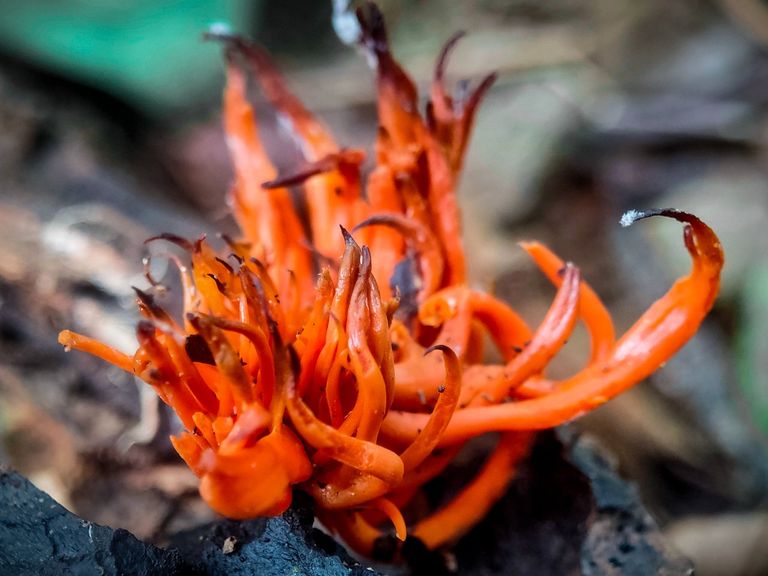
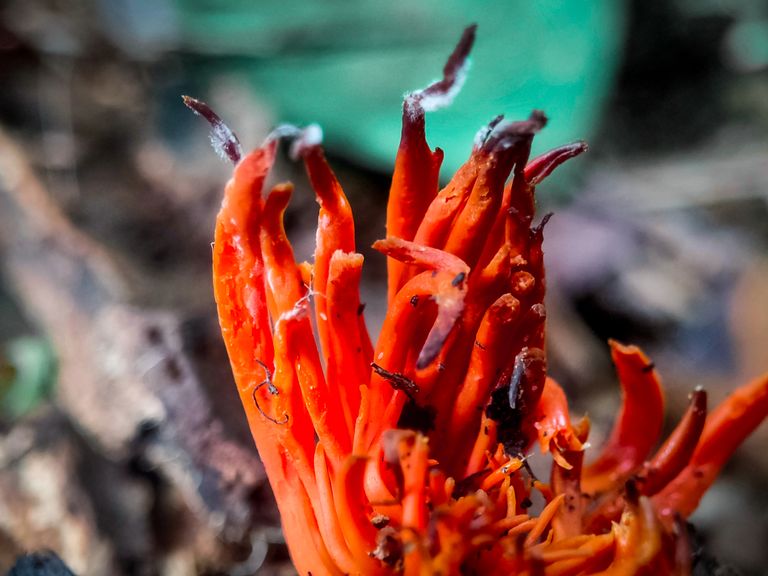

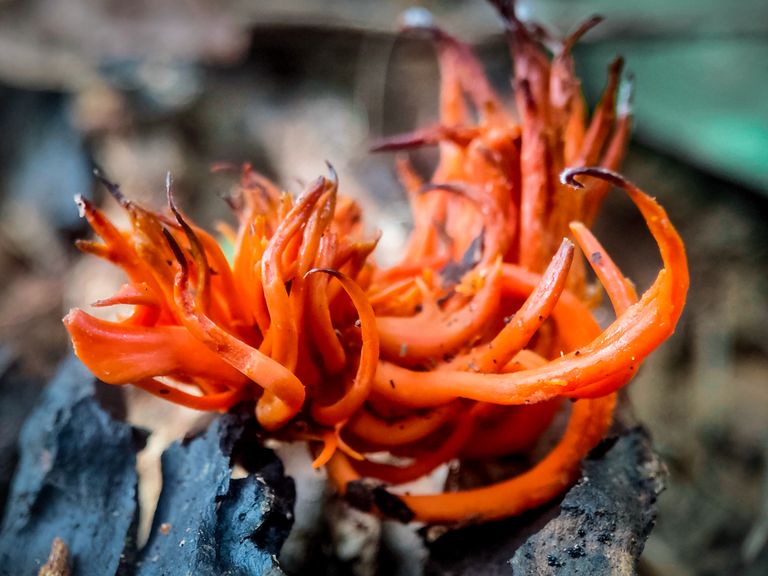
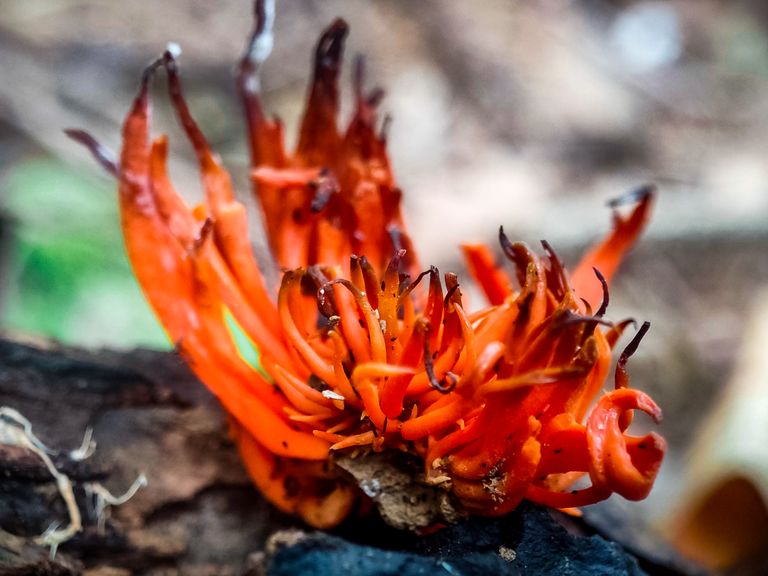
The conidiophores (specialized fungal hyphae that produce conidia) are up to 400 μm high and about 2–4 μm wide in the main axial hyphae. The phialides are arranged in tufts with narrow angles at the top, similar to the branching hyphae found in Trichoderma species. The conidia are roughly spherical with a truncate base in each spore, pale green in color, and measure 2.5–3.5 μm in diameter. Their surfaces are almost smooth, but sometimes appearing very faintly roughened with light microscopy.
Mushrooms that are easy to grow, especially on jabon type wood, especially during the rainy season,This mushroom has a different color from when it first grew, it has a reddish color when it grows small, it has a yellowish color big time

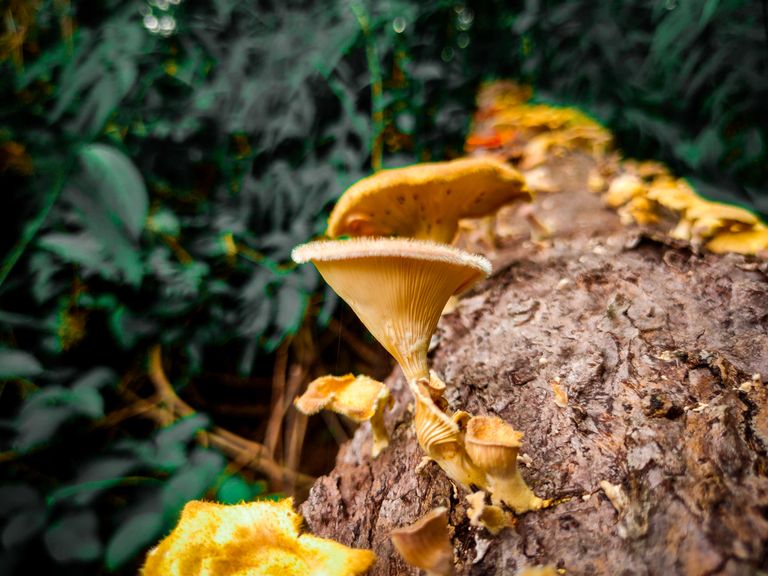
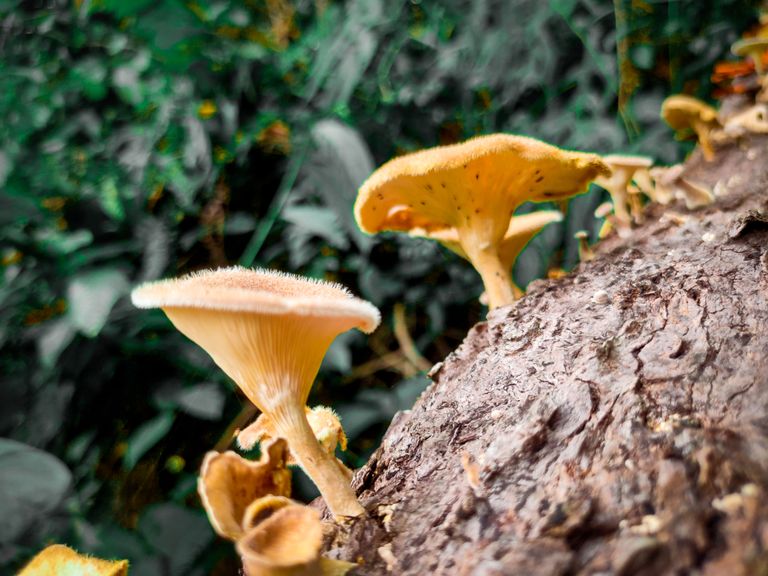
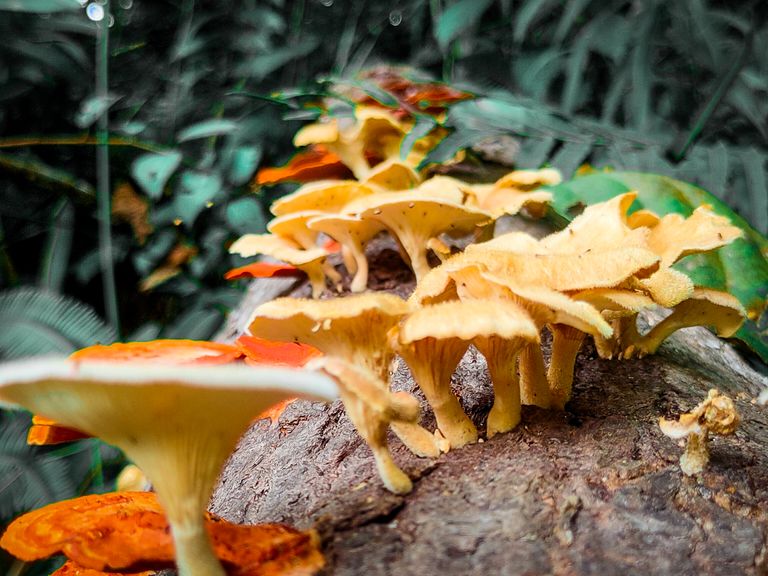

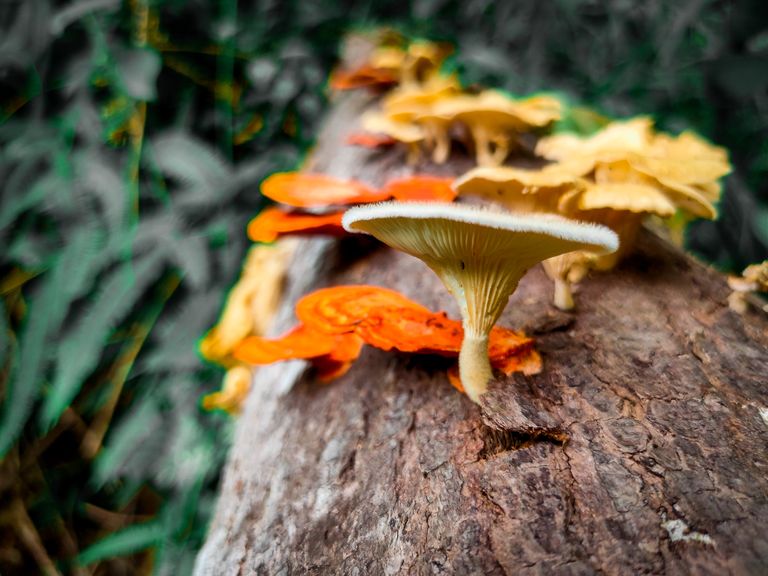
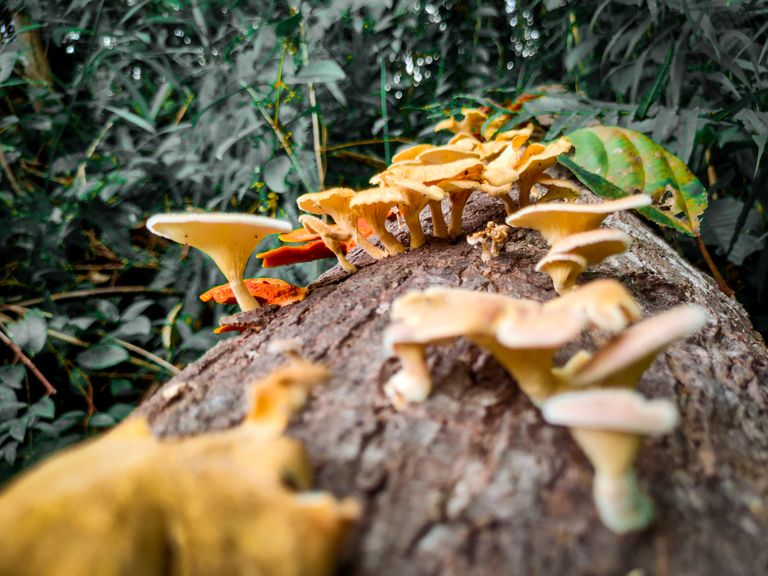

Lentinus crinitus is a genus of mushrooms . It belongs to the Basidiomycota family , and it was first described by Carl von Linné , and was given the exact name by Elias Fries in 1825. Lentinus crinitus belongs to the genus Lentinus , and is related to Polyporaceae .
Toadstool has a popular name shiitake in Japan, while in the Jawa Barang area, it is known as jengkol mushroom. This safe to eat wild mushroom grows attached to rotting wood. In a state of survival , toadstools can be processed by burning or boiling techniques.
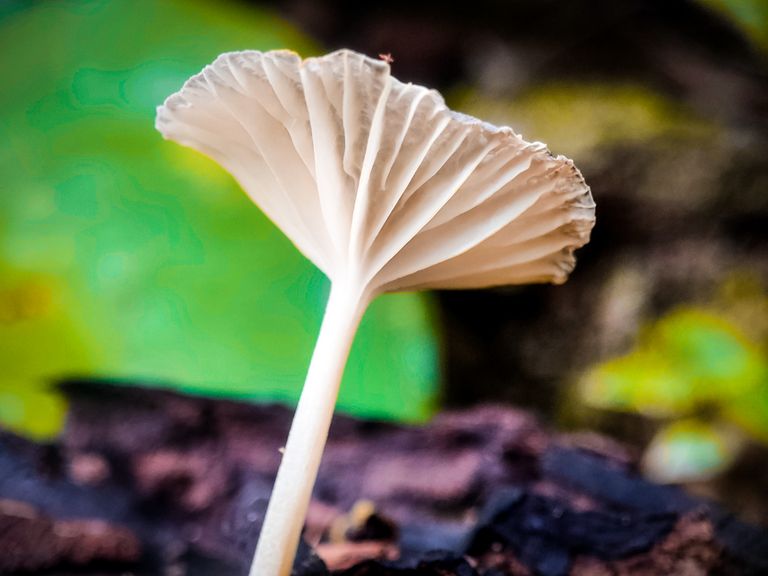
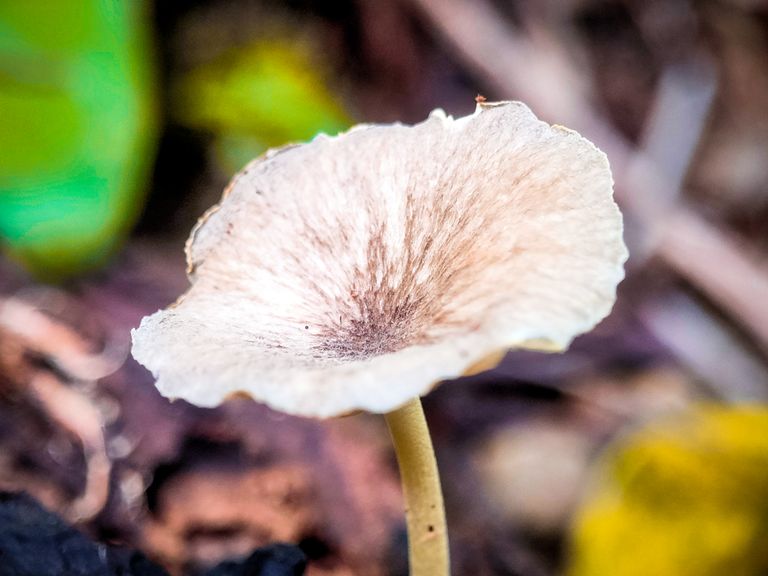
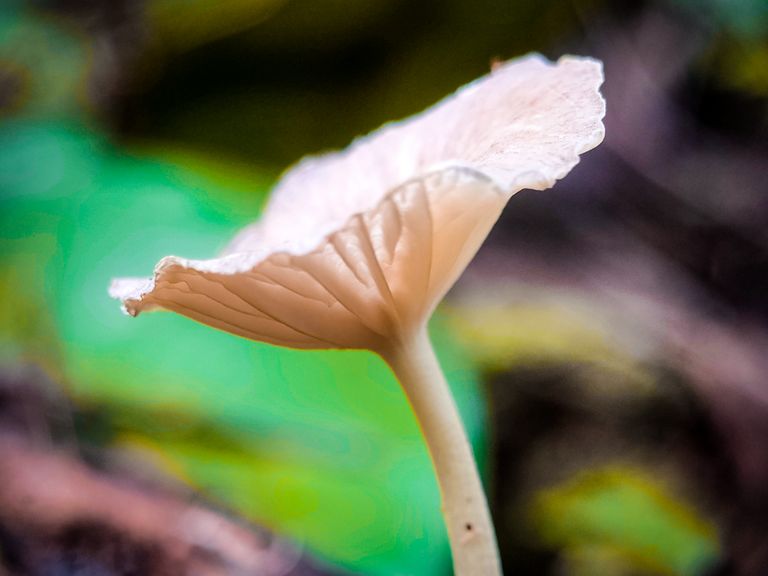
The characteristics of the toadstool:
The size of the hood is about 3 10 cm. Stem height is about 39 cm. Elastic, yellow to brown. Smells like jengkol
Gambar Asli Oleh Saya
| Camera | Smartphone Realme XT |
|---|---|
| Photographer | @hidayataswar |
| Location | Aceh-Indonesia |
| Category | Wild Mushrooms in the wilderness |
I am sick. Please pray for me to get well soon